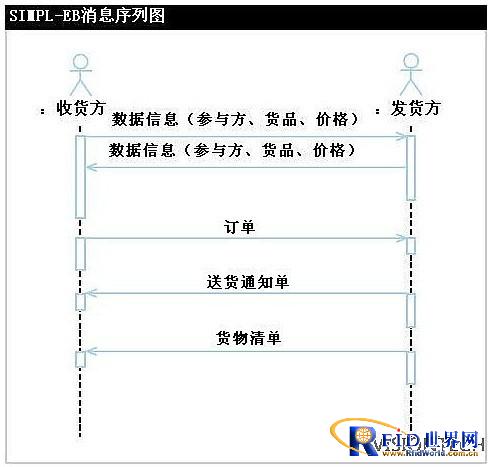[ad_1]
1. Overview
The application case framework of automatic identification technology (hereinafter referred to as a-Biz) provides a basis for the integration of automatic identification technology and existing business information systems (BIS). This article provides an overview of shipping notification or advanced shipping notification (ASN) cases. Here only a brief description of the delivery and receipt cases using automatic identification technology, as well as a general introduction to the benefits. In a typical transaction, the verification of the pallet structure troubles the shipper and the shipper. The current general operating conditions of this manual-based verification process are high cost and high error rate. Therefore, a successful method should be able to automate and streamline the verification process to improve the accuracy of the delivery process as a whole. This process also includes the transmission of financial information during the payment cycle to complete the transaction.
UCC models transactions by designing a basic framework for transactions between buyers and sellers. They call this transaction Simpl-eb. The core message sequence is: transaction party information, transaction request, price, location and order, shipping notice (DA) and shipping list. The first two messages are a group; the last three messages are a group in the transaction, and the shipping notice is ranked second. The shipping notice tells us the detailed information of the goods and the date of shipment, so save the shipping notice before sending the notice. Figure 1 shows the UML sequence diagram, which brings together all the above information.

Figure one
2. Collaboration diagram
The three basic behaviors related to the delivery notice in the process of goods flow shown in Figure 2 are coordinated. Given that Figure 2 is a summary of the delivery process, Figure 3 shows an example of direct delivery between the producer and the retailer. Figure 4 is an example of indirect delivery between the two through a third party, where the third party can be a wholesaler or a distributor. Figure 2 reveals a simplified example of general transactions between wholesalers and upstream business partners and downstream business partners.

figure 2

image 3

Figure 4
In the second case shown in Figure 4, if retailers use EPC-based automatic identification technology, they can access the original manufacturer’s PML server and obtain relevant product information under the guidance of ONS (see Figure 5 for this process) ). If the retailer wants to know what the distributor has done to the product, they must use the existing BIS to establish a transaction, and then expand the existing transaction; another method is to use the EPC code to uniquely identify the product. The a-Biz project will consider adopting ONS and PML methods as much as possible to meet the needs of retailers, including redirecting the retailer's access request from the manufacturer's PML server to another more suitable server.

Figure 5
[ad_2]

Comments